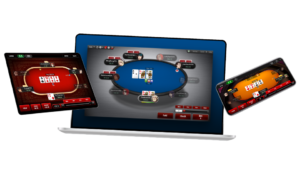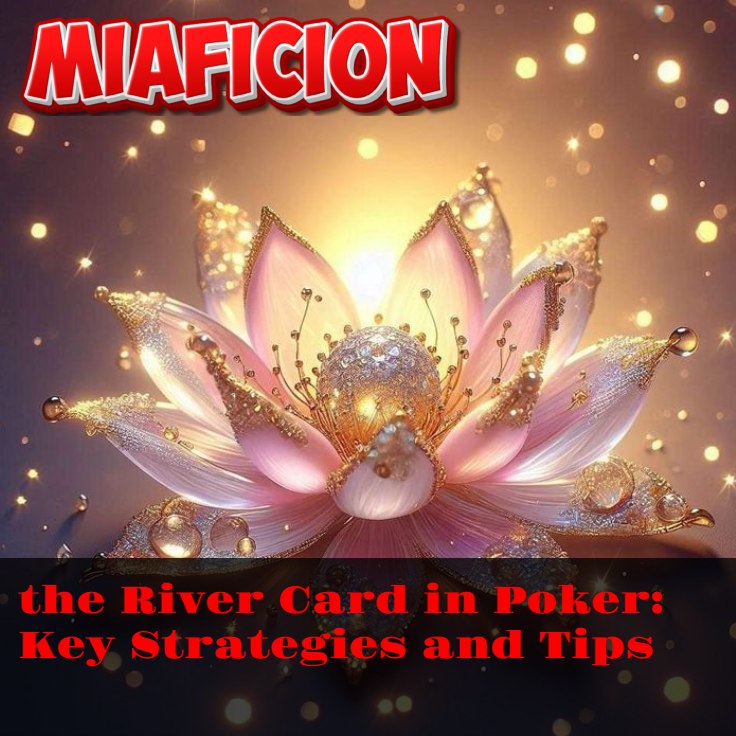Poker is a globally popular card game, loved for its mix of strategy, skill, and chance. The “river card” is crucial in deciding a poker hand’s outcome. In this article, we’ll explore the significance of the river card, how it influences the game, and strategies to maximize your chances of success.
What Is the River Card?
In poker, the river card is the fifth and final community card dealt in games like Texas Hold’em and Omaha. It follows the flop (three community cards) and the turn (fourth community card). The river is the last opportunity for players to improve their hand or bluff their opponents before the final round of betting and the showdown.
Why Is the River Card So Important?
The river card can drastically change the dynamics of the game. A strong hand on the turn may suddenly lose value if the river introduces a better combination for your opponent. Conversely, a weaker hand can transform into a winning one with the right card.
Here are some scenarios where the river card makes a big impact:
- Completing a Draw: The river can complete flushes or straights for players chasing a draw.
- Creating Full Houses: Paired boards on the river can lead to full houses, giving players unexpected strength.
- Changing Bluffing Opportunities: If the river brings a scare card (e.g., a card that completes a potential straight or flush), players can use it to bluff convincingly.

Key Strategies for Playing the River Card
- Evaluate the Board Carefully Take a moment to analyze how the river card affects the board. Does it improve your hand, or is it more likely to help your opponent? Pay attention to potential straights, flushes, or full houses that the river might have created.
- Read Your Opponents By the river, you should have gathered some information about your opponents’ tendencies based on their betting patterns. Use this knowledge to decide whether they are bluffing, value betting, or chasing a draw.
- Control the Pot Size If the river card is unlikely to help your hand and could benefit your opponents, consider keeping the pot small by checking or making a conservative bet. Conversely, if you’re confident in your hand, make a value bet to maximize your winnings.
- Know When to Fold Folding on the river can be difficult, especially if you’ve already invested heavily in the pot. However, if the board and your opponent’s actions suggest a strong hand, it’s better to cut your losses than to call a bet with a mediocre hand.
- Use the River to Bluff A well-timed bluff on the river can force opponents to fold better hands. This tactic works best when the river introduces a scare card that fits your perceived range, such as a high card or a card that completes a potential draw.
Common Mistakes to Avoid on the River
- Overvaluing a Marginal Hand: Don’t get too attached to a hand that is strong but not unbeatable. Consider how the river changes the likelihood of your opponent holding a better combination.
- Failing to Extract Value: If you have the nuts (the best possible hand), make sure to bet an amount that your opponent is likely to call. Missing value bets can cost you significant winnings in the long run.
- Calling Too Often: Calling every river bet without carefully assessing the situation can quickly drain your stack. Be disciplined and fold when the odds aren’t in your favor.
Final Thoughts
The river card in poker is the ultimate decider that often separates skilled players from the rest. By understanding its impact and adopting a thoughtful approach, you can make better decisions and increase your chances of success. Whether you’re chasing a winning hand or trying to bluff your way to victory, the river is your final opportunity to make your move. Play it wisely!

